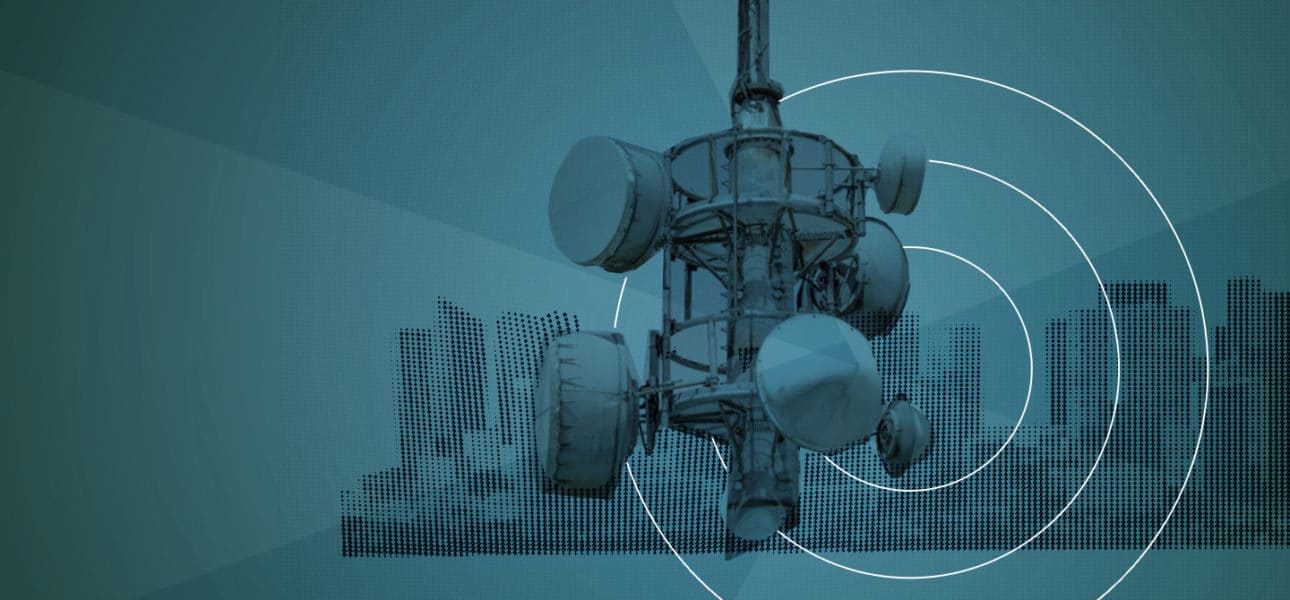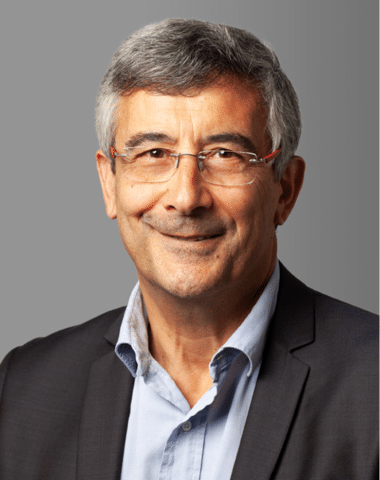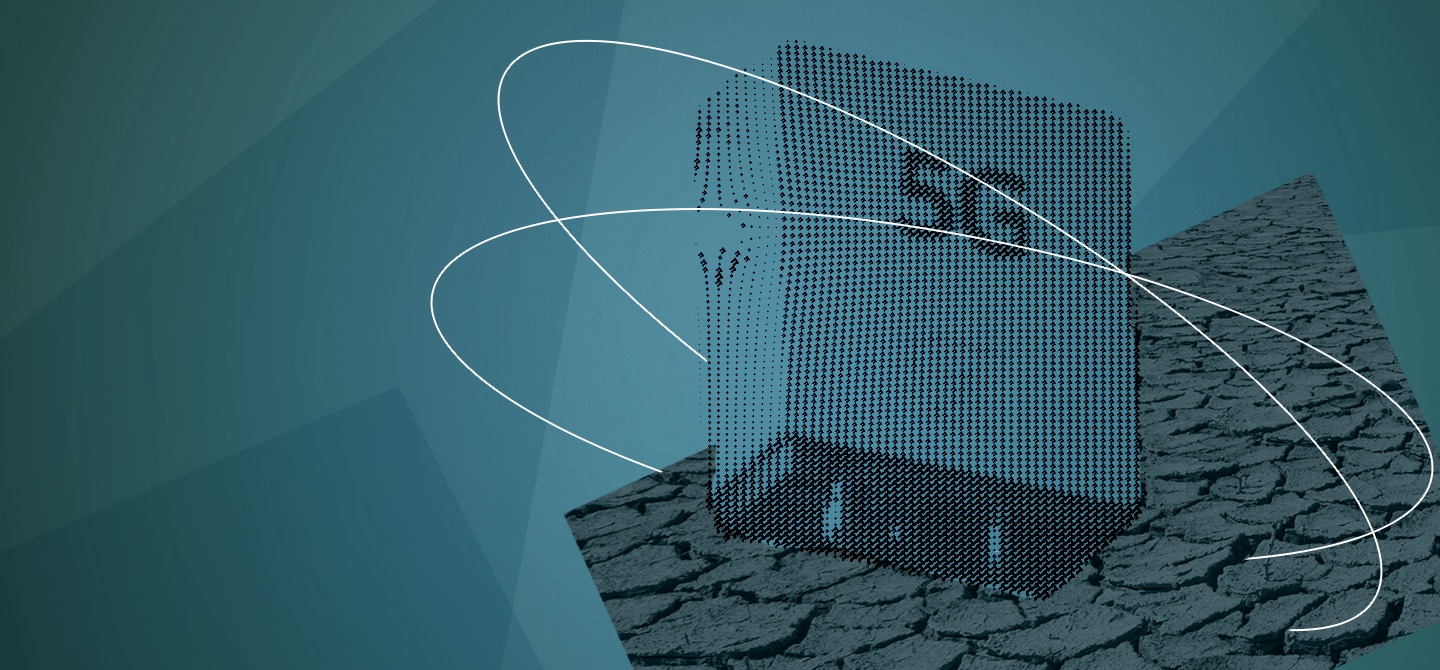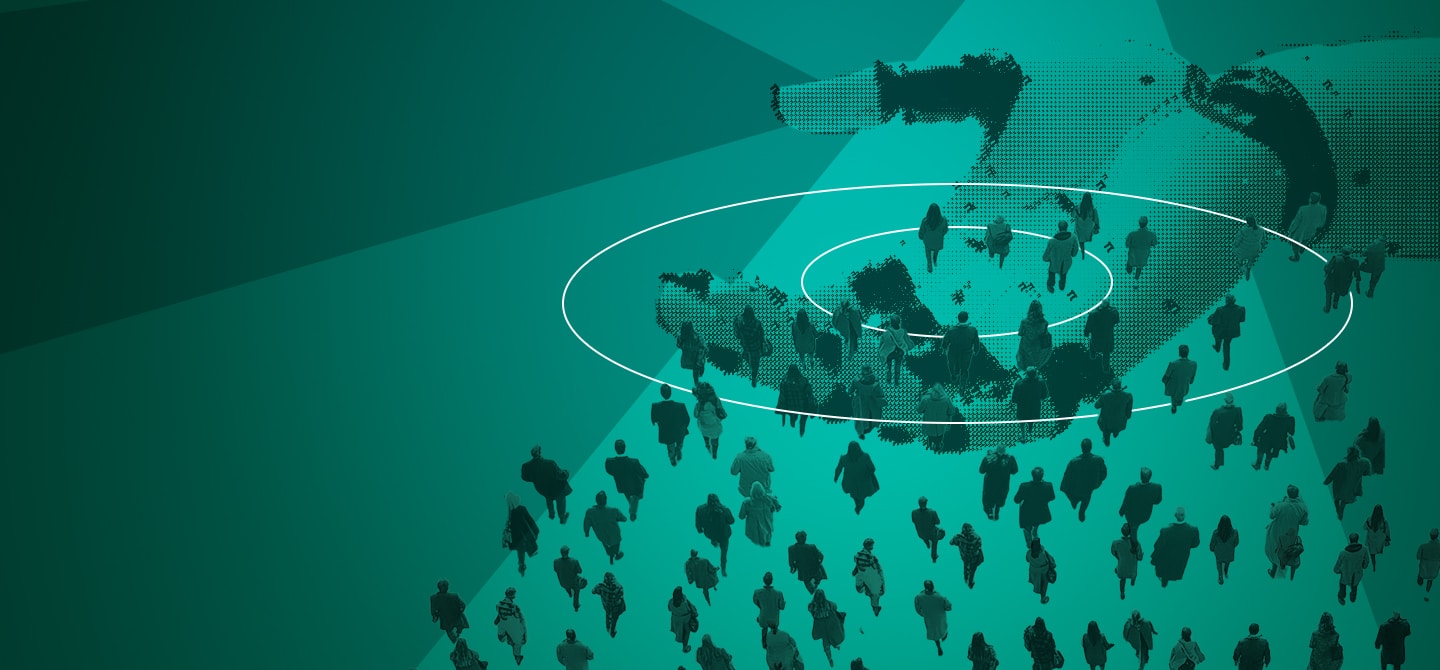Mobile phone generations change approximately every 10 years. Yet, more than any other, the deployment of 5G has ignited public debate 12. The reason for this is largely due to the difficulty of defining the challenges of a technology which, beyond its technical innovations and associated services, in many respects represents a major breakthrough. Admittedly, the first applications will consist mainly of making existing networks denser, or even, in some countries, completing very high-speed coverage. But 5G’s innovations, flexibility and performance will be a revolution for the industry: it’s not just about seeing movies on Netflix faster. Unlike previous generations, its market is mainly that of the industrial sector, offering, like fibre optics, a formidable opportunity for digitalisation.
A technical system for new services
Technically, 5G is a system with complementary potential that responds specifically to different needs. Firstly, 5G aims to avoid congestion of 4G by responding to the annual doubling of data exchanged on telecommunications networks. Second, 5G improves the quality of mobile telecommunication services: for public use (speed, mobility) and, to a greater extent, for the specific needs of multiple sectors such as health, energy, automobile, local authorities, media, and agriculture.
There are several types of innovation behind this potential. Firstly, there is the capacity 3 to massively connect many objects (tens of thousands of containers in a port, for example). Secondly, it offers the possibility of ensuring critical, low-latency communications, particularly with the arrival of connected autonomous vehicles, which require almost instantaneous reactions. Thirdly, it also provides the ability to dynamically modulate the configuration of a telecommunications network 4 to optimise its simultaneous use by applications with different constraints (data volume, security, immediacy, high speed) – for example, think of multiple uses in public areas such as railway stations.
5G also relies on localised use of new frequency ranges known as millimetre frequencies – indoors or outdoors – opening up to particularly high bandwidths and speeds; particularly useful for the remote control and driving of industrial machinery or robots. 5G also aims to improve the energy performance of mobile networks by aggregating several frequencies, by mobilising active “intelligent” antennas (which are only activated when necessary 5) or, on the contrary, very small ones 6. Finally, 5G relies on flexible infrastructure architectures through the virtualisation of network functions 7 and the concentration of base stations in cooperative mode 8.

5G in concrete terms
5G thus combines the implementation of disruptive technologies (active antennas, millimetre waves, smart cells) with the possibility of innovation, in a more progressive manner, of app services, based on initiatives, players and investments made at different levels. 5G should therefore not be seen from a “techno-push” perspective, i.e. a technology that is imposed and defines impacts in an unequivocal manner. But in a “demand-pull vision”, it is a set of technological resources forming a system, opening up the possibility of new innovations and applications, which companies can seize.
The observation of deployments made today reflects this paradoxical perception. On the one hand most experts, including operators, insist on the fact that 5G (and its economic model) mainly responds to the needs of major business sectors and industries. The experiments opened by Arcep since 2018, as well as the developments already underway abroad, thus provide a good vision of the various use cases for which 5G is expected. These are: the equipment of large sports arenas, public spaces such as stations, ports and airports where industrial activity and the public at large are combined, digitalisation of industrial sectors such as the electric and connected automobile sector, improvement of health services (from teleconsultation to remote interventions), and supporting automation of specific industrial uses, particularly in high-risk environments.
However, the supervision of deployments by public players such as Arcep 9 or ANFR 10 continues to focus, as traditionally, on consumer uses. They regularly report, month after month, on the deployment of 5G sites (30,092 authorised in November 2021, of which 19,824 are operational). They analyse the coverage and compare the quality of service offered to everyday users by each operator (speed and coverage). These measurements are important, as they show that the pace of development is much faster than for 3G or 4G. However, nothing has been done to calibrate the development of industrial uses.
5G business models
Overall, 5G represents a real wall of investment. It is not surprising, therefore, that its societal interest is a source of debate. On the one hand, the emphasis on the needs of the general public obscures those of businesses. On the other, economic models of telecommunication operators, equipment manufacturers, platforms or application providers, and user companies are intertwined. They call for broad interoperability of data, applications, and networks, but also create new forms of vertical competition between infrastructures, operators, new intermediaries, and players in industrial sectors.
Several ways of looking at the rise of 5G are thus emerging, depending on whether it is seen as a simple extension of 4G, as a support for local private networks, as an integral part of operators’ business offers, or as the basis for the digitalisation of companies and supply chains. Far from simply redefining the balance between consumer and business uses, 5G’s functionalities translate into new articulations between the national and territorial levels (city districts, business areas, companies, stadiums, or hospitals).
For national and territorial coverage, operators bear the costs (frequency purchases, site construction and infrastructure deployment) 11. Users thus have a technology for which only the cost of use is charged to them (in ways that have yet to be stabilised). However, they must bear the considerable costs of appropriation, digitisation of processes, development of services and change management. For local and private deployments, it is the companies that invest in the construction and maintenance of their own infrastructure. This gives powerful industrial players an advantage, but the investment wall is also an incentive for pooling strategies as seen in airport areas or in large projects such as the Olympic Games or smart cities.









